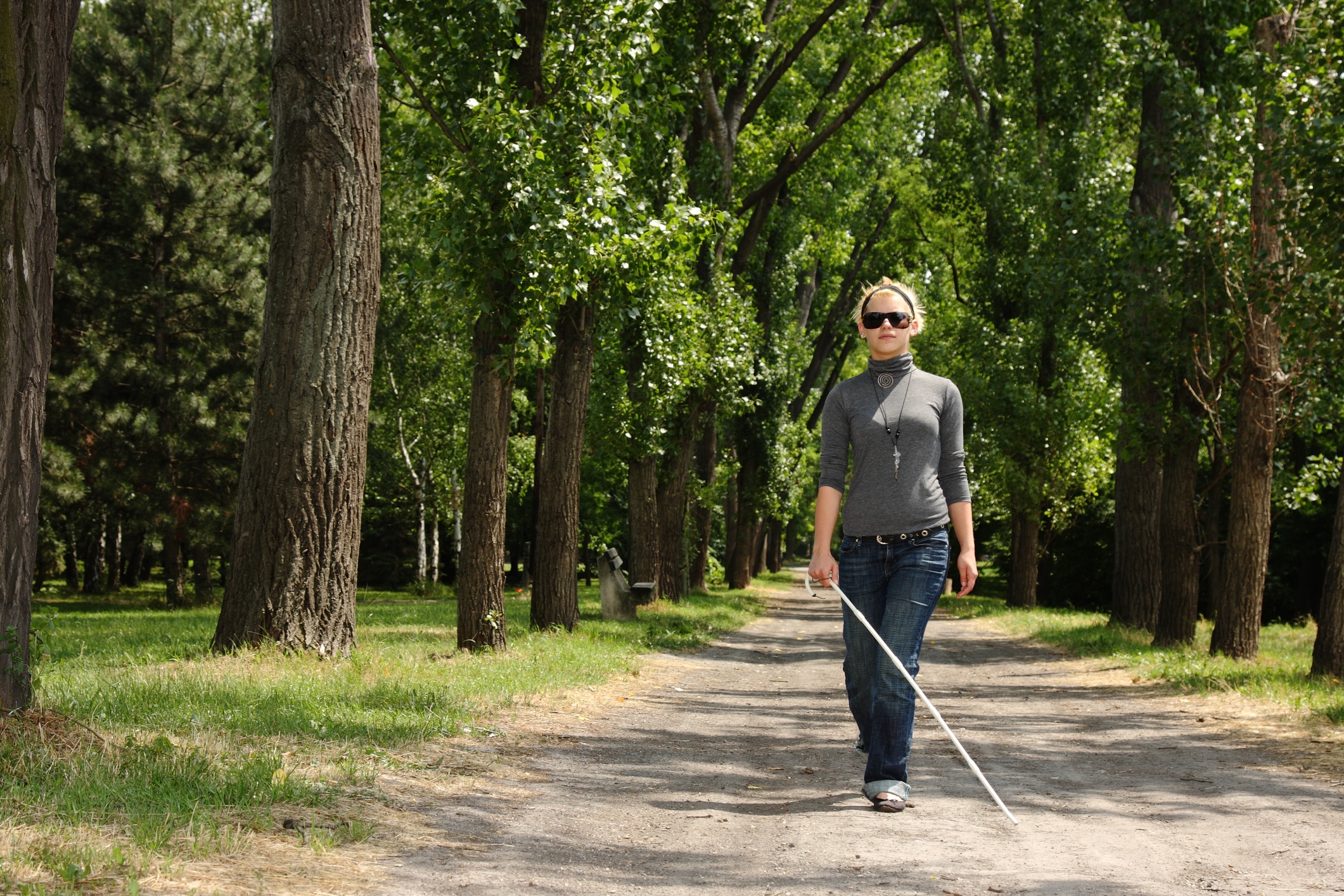
A research team from the University of Pennsylvania has recently found that approved gene therapy for inherited blindness may only be effective when used at the proper time. This treatment, which aims to restore the RPE65 gene’s function, was used nearly 20 years ago to restore the vision of a blind dog. This gave scientists optimism towards the use of gene therapy and eventually lead to the 2017 approval of its use in humans with Leber congenital amaurosis (LCA), a rare, inherited form of blindness.
This gene therapy, the first to ever be approved by the FDA, has significantly improved vision in LCA patients. Despite this success, the research community is still uncertain as to how long these improvements will last and whether the degeneration of vision cells is stopped by this treatment. To uncover more information about the outcomes of this gene therapy, Penn researchers experimented with the treatment in canine models of advanced stage LCA. Their work was published in the journal Molecular Therapy.
“Earlier work by our group and others had suggested that if you treated the disease at a time when the retina was degenerating, that degeneration continued, in people and in dogs,” explained Gustavo D. Aguirre of Penn’s School of Veterinary Medicine. “This was in spite of short-term gains in vision. We wanted to follow up to get details about the extent of retinal degeneration that would still be compatible with a lasting effect.”
When Should the Gene Therapy Be Given?
By evaluating the disease at this later stage of the disease, the team was testing the treatment at a time it would be more likely to give to humans. They found that the dogs who received the therapy when they still had 63% of their photoreceptors present but nonfunctional saw significant improvements from the treatment. This effect appeared to not only last long-term, but to halt the progressive degeneration as well.
“Treatment can be forever at this stage,” said Aguirre.
For the canines with less than 63% of their photoreceptor cells present at the time of gene therapy, however, the team found that this progressive degeneration continued despite the short-term rejuvenation of vision.
“If you look at this stage superficially, the dogs are seeing; they look good,” noted Aguirre. “But if you look at the microtopography of their retina, they’re not doing well.”
READ MORE: Editing Genes with CRISPR to Treat Blind Patients
Building on Previous Research
Prior studies had shown that if canines with the RPE65 mutation were treated at a young age, they would display lifelong gains in vision and retinal health. Outside of the experimental setting, humans are unlikely to receive the gene therapy at such a young age. Those with LCA can begin to lose their vision cells in the first ten years of their life, therefore the long-term efficacy of the treatment has been of primary interest.
Studies conducted in 2015 showed that patients who were treated with the gene therapy continued to lose their photoreceptors in the treated area in the long run, even as they experienced improved vision. This new research provides a better understanding of how the timeliness of administration relates to the efficacy of the treatment.
“We had imaging data from various timepoints before, during, and after treatment for the dogs,” said Kristin Gardiner, lead author and staff veterinarian at Penn’s University Laboratory Animal Resources group. The team used this data to estimate the thickness of various retinal layers during treatment. The quantity of living photoreceptor cells is correlated to the thickness of the outer nuclear layer; therefore, this measurement indicates the health status of the eye.
“If you look at this stage superficially, the dogs are seeing; they look good,” explained Aguirre. “But if you look at the microtopography of their retina, they’re not doing well.”
Aguirre, Gardiner, and colleagues feel that their work displays the importance of secondary therapies that accompany the gene therapy. They are currently working to test treatments that prevent the death of cells.
Success of gene #therapy for a form of inherited blindness depends on timing @Penn https://t.co/aj4g1sN4EC
— Medical Xpress (@medical_xpress) September 10, 2019







 © 2025 Mashup Media, LLC, a Formedics Property. All Rights Reserved.
© 2025 Mashup Media, LLC, a Formedics Property. All Rights Reserved.